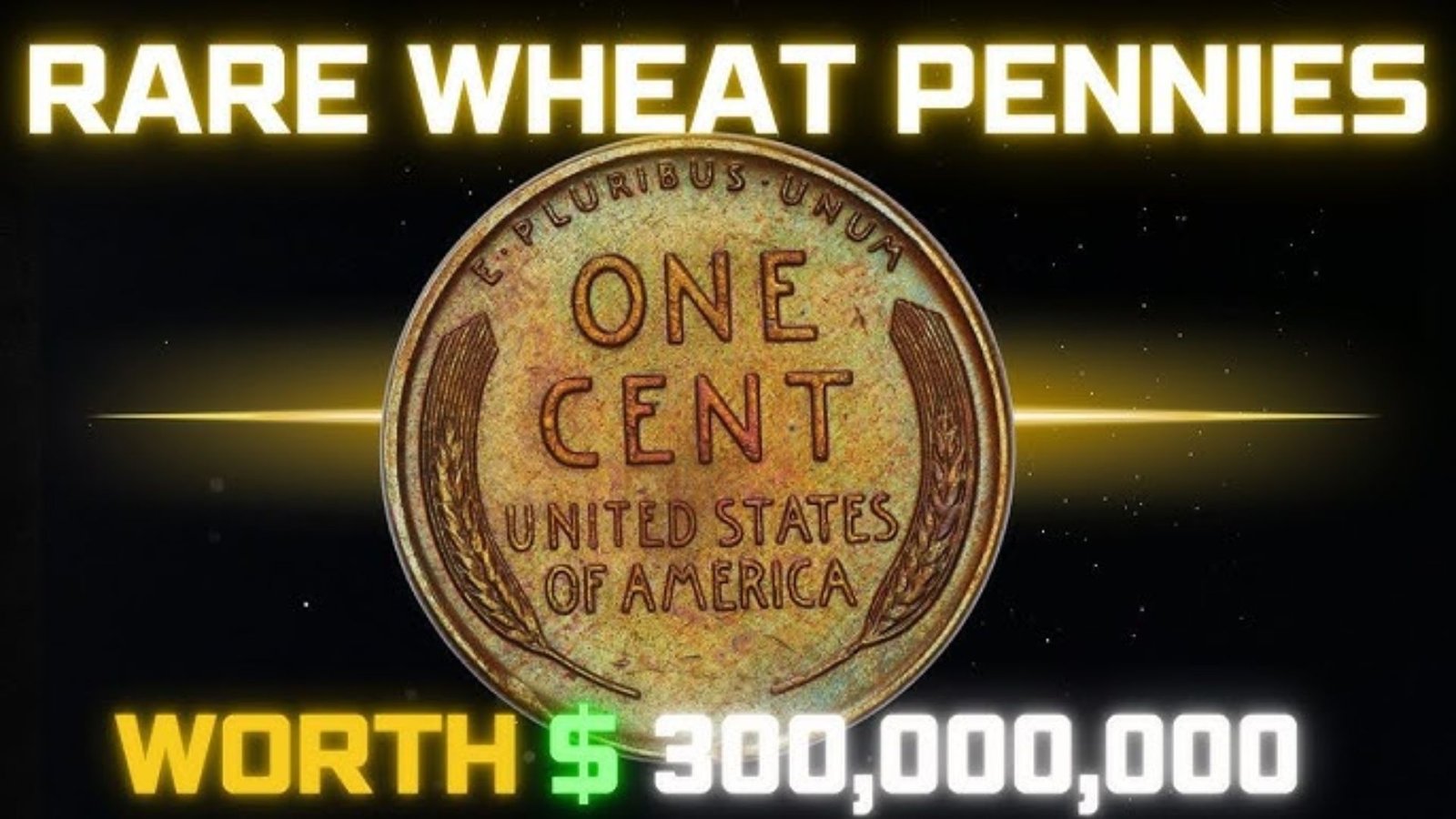Ever dug through a jar of old coins and wondered if that dusty wheat penny could fund your next vacation? You’re not alone. Wheat pennies, those iconic Lincoln cents from 1909 to 1958, have seen their values explode in the last 13 years.
From pocket change to potential windfalls, this ultimate guide dives into why rare coins like these are hotter than ever. Stick around to discover trends, tips, and treasures that could change your hobby game.
What Are Wheat Pennies? A Quick Intro
Wheat pennies are the classic Lincoln cents featuring two wheat stalks on the reverse. Minted from 1909 to 1958, they’re beloved by rare coin collectors for their simple design and hidden gems. Think of them as everyday history—most are worth just a few cents, but rarities? They fetch thousands.
The Rich History Behind Wheat Pennies
Born in 1909 to honor Abraham Lincoln’s centennial, these coins replaced Indian Head pennies. Designer Victor David Brenner added the wheat motif for abundance. Over 49 years, billions were struck in Philadelphia, Denver, and San Francisco. Key dates like 1909-S VDB emerged early, sparking the rare coins craze that endures today.
Why Wheat Penny Values Are Booming Today
In the past 13 years, wheat penny values have surged 200-500% for many dates, fueled by online marketplaces, millennial collectors, and inflation. What cost $0.10 in 2012 now averages $0.75 circulated. Rare coins? Auction prices hit seven figures, making them a smart hedge against uncertainty.
| Year | Circulated Value Range | Uncirculated Value Range | Trend Notes |
|---|---|---|---|
| 2012 | $0.10–$0.25 | $1–$3 | Steady baseline |
| 2015 | $0.15–$0.35 | $2–$5 | Online buzz starts |
| 2018 | $0.20–$0.50 | $3–$8 | Collector surge |
| 2021 | $0.30–$0.75 | $4–$12 | Pandemic hoarding |
| 2025 | $0.50–$1.50 | $5–$15 | Nostalgia peak |
How to Hunt and Cash In on Wheat Pennies
Start simple: Check grandma’s cookie jar or estate sales for wheat pennies. Use apps like PCGS CoinFacts to grade condition—wear matters! Sell via eBay for quick cash or auctions for max value. Benefits? It’s a fun, low-risk way to build wealth while connecting with the rare coins community.
Mind-Blowing Facts and Auction Records
Did you know over 25 billion wheat pennies were minted, yet errors like the 1943 bronze cent are one-in-a-million? In the last 13 years, values for top rarities have doubled. Here’s a snapshot:
| Coin Variety | Recent Auction High (2012–2025) | Sale Year |
|---|---|---|
| 1943-D Bronze | $1,700,000 | 2020 |
| 1909-S VDB | $258,500 | 2014 |
| 1958 Doubled Die | $336,000 | 2018 |
| 1914-D | $159,000 | 2022 |
| 1922 No D | $92,000 | 2016 |
Expert Tips for Spotting Valuable Wheat Pennies
Look for mint marks (S, D) under the date—scarce ones like 1914-D scream value. Avoid cleaned coins; natural luster wins. Join forums like CoinTalk for free advice. Pro tip: Invest in a $20 magnifier to catch doubled dies early. Start small, learn fast, and watch your collection grow.
Frequently Asked Questions (FAQs)
Are all wheat pennies valuable?
No, commons are cheap, but keys like 1909-S can hit $1,000+ in fine shape.
How do I grade my wheat penny?
Use Sheldon scale: 1-70, with 60+ uncirculated fetching premiums.
Where to sell wheat pennies?
Try Heritage Auctions for rares or local shops for commons.
Has the value of wheat pennies dropped lately?
Nope—steady climbs through 2025 thanks to global interest.
Can I find valuable wheat pennies in circulation?
Rarely, but bank rolls yield surprises weekly.
In wrapping up, wheat pennies prove tiny coins pack big punches—values up sharply over 13 years, blending history with profit. Whether you’re a newbie or seasoned rare coins fan, grab a magnifier and start hunting. Share your finds below, or dive into our Lincoln Memorial guide next. Your next treasure awaits!

